In today’s fast-paced world, self-care has become more than just a buzzword—it’s a cornerstone of personal well-being. Prioritizing relaxation and self-care isn’t just about taking time for oneself; it’s about fostering a balanced lifestyle that enhances mental, emotional, and physical health. Whether you’re juggling a demanding career, managing family responsibilities, or navigating the challenges of modern life, finding ways to relax and practice self-care is essential for maintaining your equilibrium. This guide explores practical techniques, actionable strategies, and insights into how you can elevate your self-care routine to its full potential, helping you achieve a sense of calm, clarity, and confidence.
Key Takeaways
– Master Relaxation Techniques: Implement deep breathing, progressive muscle relaxation, guided imagery, yoga, and mindfulness meditation to reduce stress and enhance well-being.
– Ground Yourself: Use the 5-4-3-2-1 grounding technique to reconnect with the present moment, fostering calmness and reducing anxiety.
– Recognize Stress Signs: Be aware of emotional cues like frustration, anxiety, irritability, sadness, and fatigue to better manage stress and prioritize self-care.
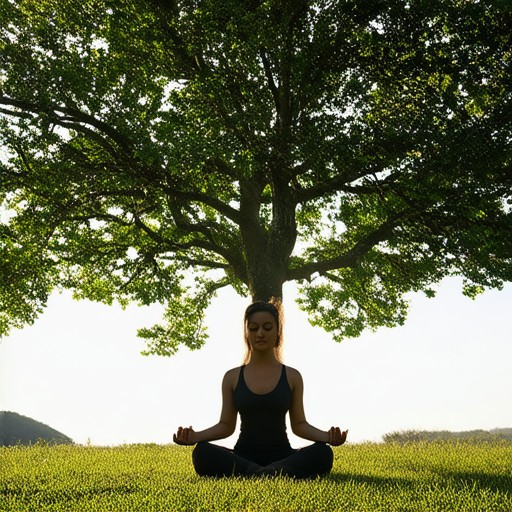
Why is Relaxation Important for Self-Care?
Relaxation plays a vital role in self-care, serving as a cornerstone for overall well-being. Here’s a breakdown of its significance:
- Mental Health: Relaxation helps mitigate stress, reducing the risk of anxiety and depression. Techniques like meditation and deep breathing can foster a sense of calm, improving mental clarity and emotional stability.
- Emotional Well-being: By managing stress, relaxation allows individuals to navigate emotions more effectively. Activities such as journaling or engaging in hobbies can provide an outlet for expression and emotional release.
- Physical Health: Chronic stress can manifest physically, leading to issues like headaches and sleep disorders. Relaxation techniques, including yoga and stretching, can alleviate these symptoms, promoting better physical health.
- Sleep Quality: Adequate sleep is essential for functionality. Relaxation practices before bedtime, such as reading or taking a warm bath, can improve sleep quality, thereby boosting energy levels and overall vitality.
- Resilience Building: The ability to relax aids in coping with challenges, fostering adaptability and emotional strength. This resilience helps individuals navigate future stressors more effectively.
- Social Connections: Engaging in relaxing activities with others strengthens relationships and provides a sense of community and support, contributing to social well-being.
- Productivity: A relaxed state enhances focus and concentration, making tasks more manageable and improving performance in daily activities.
- Personal Growth: Reflection during relaxed moments can lead to introspection and personal development, encouraging growth and self-awareness through practices like journaling or quiet time.
In essence, relaxation is not merely an act of pause but a proactive approach to nurturing mental, emotional, physical, and social well-being, integral to a balanced, fulfilling life.
How to Relax and Take Care of Yourself
We all need ways to unwind and take care of our well-being. Here are some practical steps to help you relax and prioritize self-care:
Mindfulness and Reflection
- Practice mindfulness through meditation or deep breathing exercises.
- Take a few moments each day to reflect on what brings you joy and fulfillment.
- Set intentions and focus on positive affirmations to boost your mindset.
Physical Activity
- Engage in regular exercise, whether it’s a walk, yoga session, or home workout.
- Stretch or do simple exercises to relieve tension in your body.
- Dance to your favorite music or try fun movement-based activities.
Nutrition and Hydration
- Drink plenty of water to stay hydrated and energize your body.
- Include balanced meals rich in fruits, vegetables, lean proteins, and whole grains.
- Avoid processed foods and sugary drinks to support overall health.
Quality Sleep
- Establish a consistent bedtime routine to improve sleep quality.
- Create a relaxing bedtime environment with dim lighting and soft sounds.
- Limit screen time before bed to promote better sleep patterns.
Social Connections
- Connect with loved ones through meaningful conversations or shared activities.
- Volunteer or help someone in need to feel a sense of purpose and joy.
- Surround yourself with positive and supportive people who uplift your spirit.
Mental Health Awareness
- Be aware of your emotions and acknowledge them without judgment.
- Seek professional help if you’re struggling with stress or anxiety.
- Practice gratitude by focusing on the positive aspects of your life.
Remember, taking care of yourself is a daily commitment. By incorporating these practices into your routine, you can find balance and live a more fulfilling life.
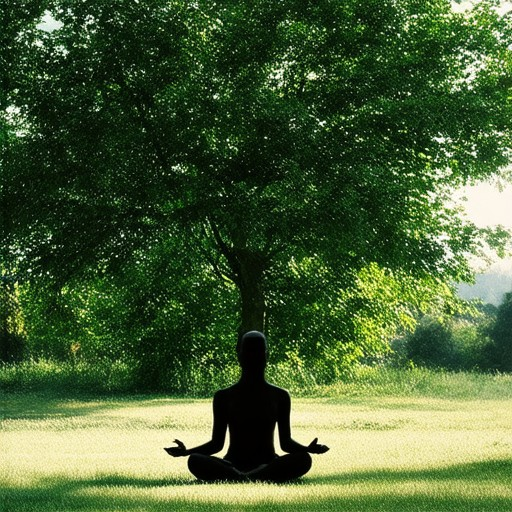
The 7 Pillars of Self-Care
Self-care is essential for maintaining overall well-being and achieving a balanced life. Here are the seven key components that define effective self-care:
- Physical Health
- Regular exercise and staying active
- Proper nutrition and hydration
- Adequate sleep
- Managing stress through activities like yoga or meditation
-
Mental Health
- Seeking help when needed
- Practicing mindfulness and cognitive-behavioral therapy
- Maintaining a positive mindset
-
Emotional Well-Being
- Expressing feelings and emotions
- Practicing gratitude and kindness
- Building resilience through challenges
-
Social Connections
- Strengthening relationships with loved ones
- Volunteering or joining clubs
- Building a supportive community
-
Career and Financial Stability
- Setting personal and professional goals
- Managing finances effectively
- Staying informed about personal and career development opportunities
-
Financial Security
- Budgeting and saving
- Exploring income opportunities
- Protecting financial assets
-
Spiritual Growth
- Finding purpose and meaning
- Engaging in hobbies and interests
- Connecting with a higher power or community
By focusing on these seven pillars, individuals can create a holistic approach to self-care that fosters overall happiness and success.
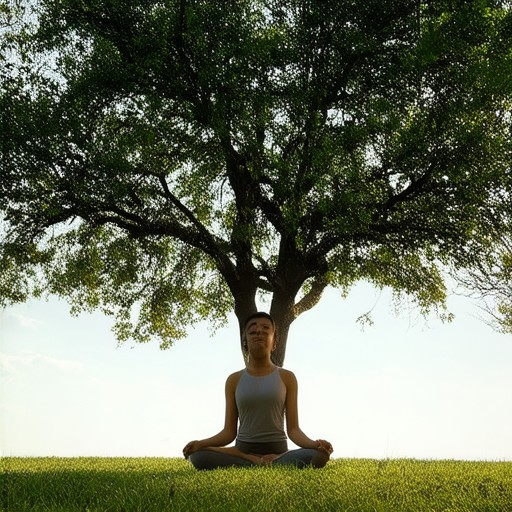
What Are 5 Relaxation Techniques?
Relaxation techniques are essential for managing stress and promoting well-being. Here are five effective methods:
1. Deep Breathing
Deep breathing involves slow, controlled inhales followed by gradual exhales. This practice activates the parasympathetic nervous system, reducing stress and inducing relaxation. Find more tips on our wellness page .
2. Progressive Muscle Relaxation
Progressive Muscle Relaxation (PMR) is a method where you systematically tense and then relax each muscle group in your body. Starting from your toes and working upwards, this technique helps release physical tension and promote overall relaxation. Learn more about self-improvement techniques on our site.
3. Guided Imagery
Guided imagery is a mental exercise where you visualize yourself in a peaceful setting, often a beach or forest. This technique helps shift focus away from stressors and fosters a sense of calm. Explore additional relaxation strategies on our mindfulness page .
4. Yoga
Yoga combines physical postures, breathing exercises, and relaxation techniques to promote both physical and mental well-being. Regular practice can reduce stress and improve flexibility. Discover more about fitness and wellness on our platform.
5. Mindfulness Meditation
Mindfulness meditation involves sitting quietly and focusing on the present moment, observing thoughts without judgment. This practice helps clear the mind and reduce anxiety. Visit our mindfulness section for guided sessions and tools.
The 5-4-3-2-1 Grounding Technique
The 5-4-3-2-1 grounding technique is a simple yet effective method to reduce stress and anxiety by reconnecting with the present moment. This practice involves focusing on sensory experiences in a specific order:
- Five Things You Can See: Identify five distinct objects or details in your surroundings. Examples include a book on a shelf, a pattern on the floor, or leaves on a tree.
- Four Things You Can Touch: Notice four tangible items near you. This could be a chair, a cup of coffee, a jacket, or a pillow.
- Three Things You Can Hear: Pay attention to three audible sounds. These might include birds chirping, a car horn, or the sound of your own breathing.
- Two Things You Can Smell: Identify two scents in the room. Common ones could be the aroma of coffee, the freshness of the air, or a floral scent.
- One Thing You Can Taste: Focus on one flavor, whether it’s the taste of your morning tea, the crunch of a snack, or the earthiness of soil.
By systematically engaging your senses in this structured way, the 5-4-3-2-1 grounding technique helps shift your focus from anxious thoughts to the present moment. This practice promotes mindfulness and can be particularly useful during moments of high stress or uncertainty.
For those unfamiliar with this method, it may feel a bit overwhelming at first. However, with consistent practice, it becomes a quick and calming tool to center yourself. Consider incorporating it into your daily routine or sharing it with others who may benefit from grounding themselves during stressful times.
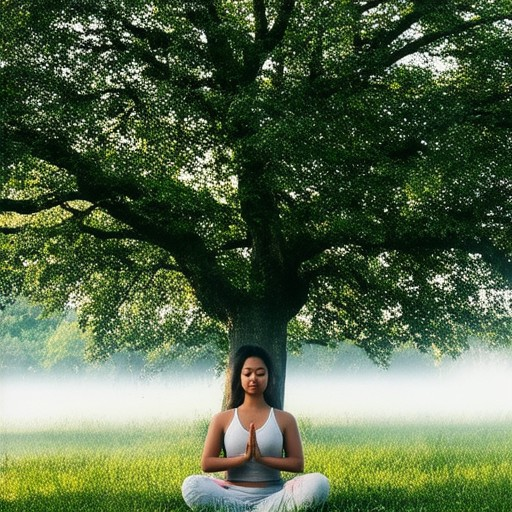
Five Emotional Signs of Stress
- Frustration: Feeling stuck or overwhelmed can lead to frustration as stress takes over.
- Anxiety: Constant worrying and unease are common signs of stress affecting your mental health.
- Irritability: Small things may bother you more than usual due to stress.
- Sadness: Stress can lead to feelings of hopelessness or melancholy.
- Fatigue: Exhaustion and lack of energy are frequent indicators of stress.
Understanding these emotional signs of stress can help you recognize when it’s time to take steps toward managing your well-being effectively.
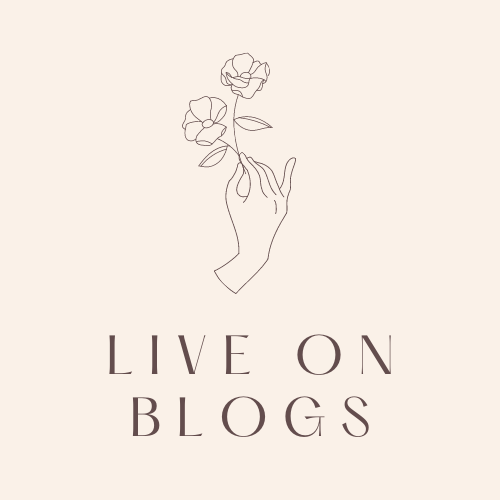


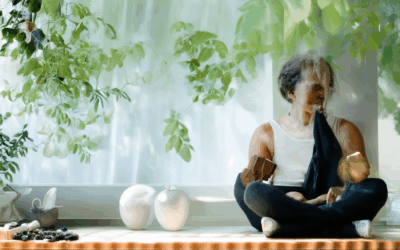
0 Comments